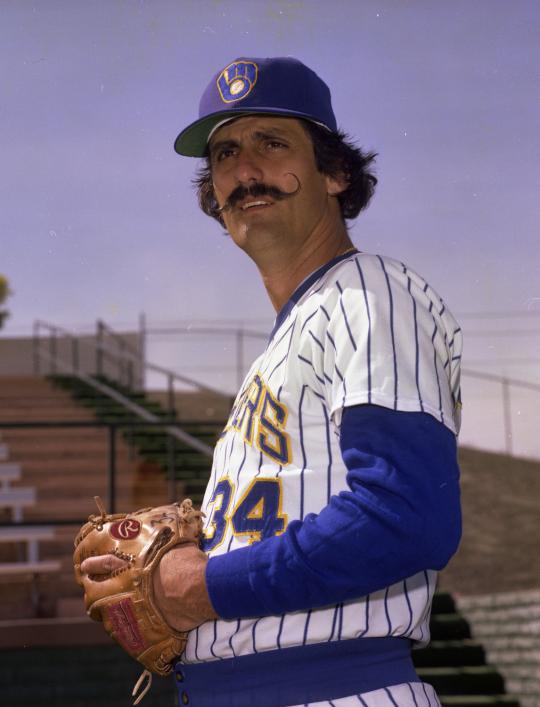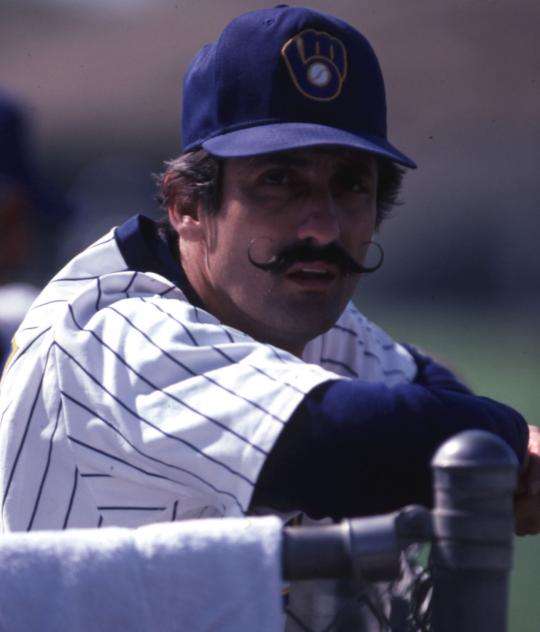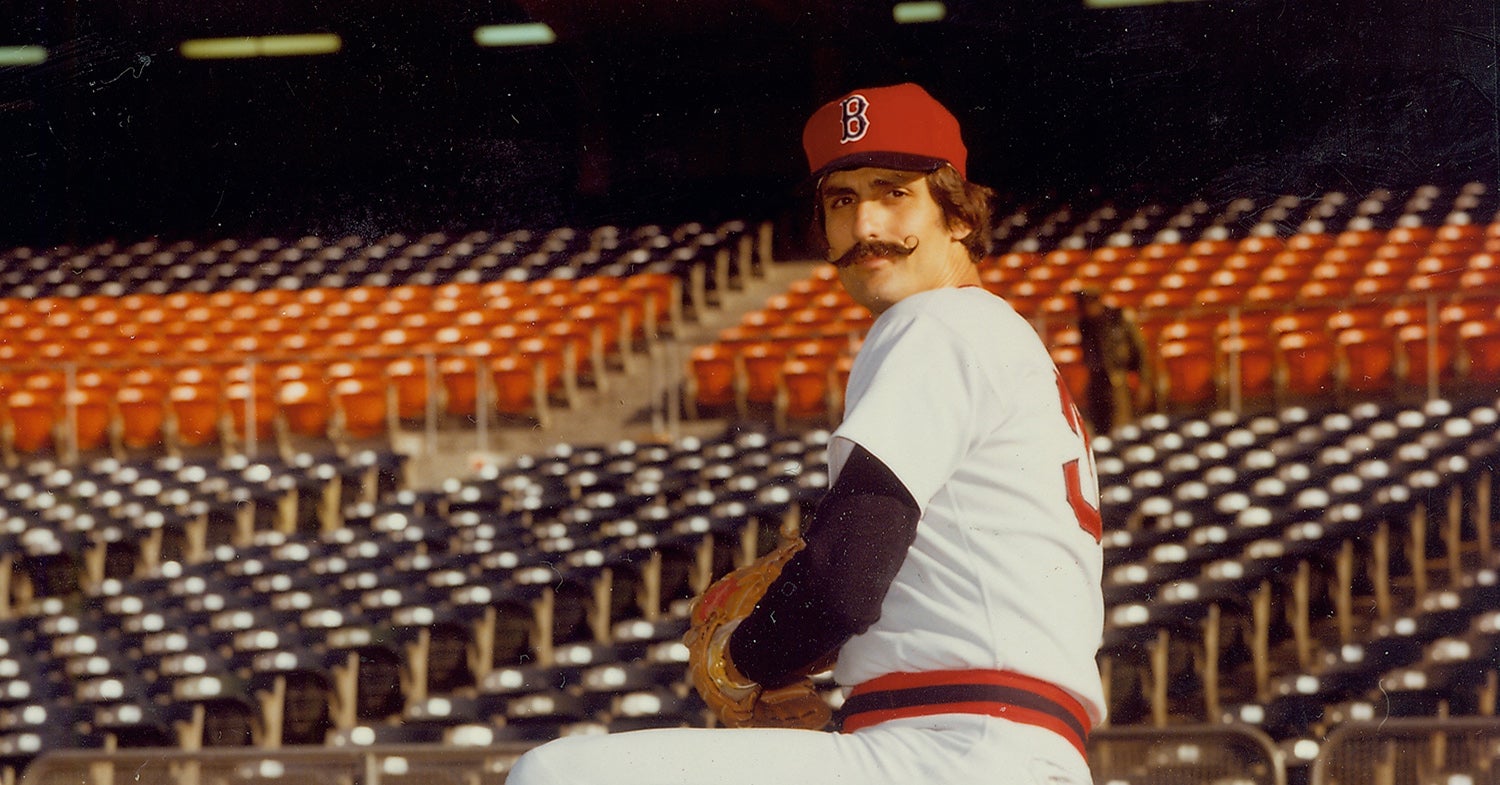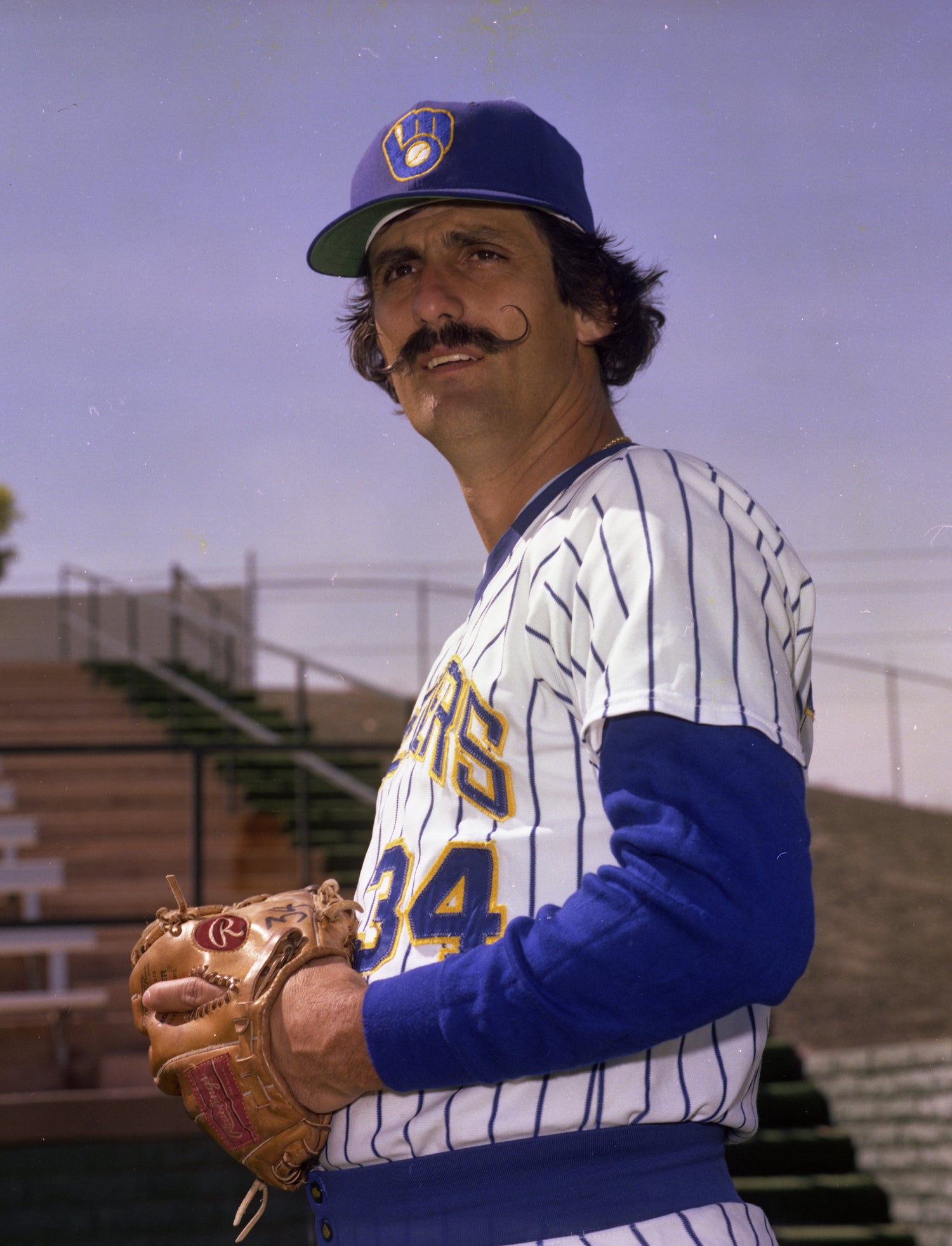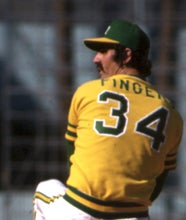- Home
- Our Stories
- Fingers wins MVP
Fingers wins MVP
When Oakland A’s manager Dick Williams sent Rollie Fingers to the bullpen in 1971 after several sub-par outings as a starter, Fingers thought his short major league run had come to an end.
“Williams threw me out to the bullpen and I thought: ‘Well, that’s the end of that,’” Fingers said in an interview with the New York Post. “My baseball career was over. I figured the handwriting was on the wall.
“No kid ever dreams of being a reliever. Everybody wants to be a starter, and I was no different.”
However, the transition proved to be a blessing in disguise for Fingers who, during his 17-year major league career with the A’s, Padres and Brewers, became one of the greatest relief pitchers the game has ever seen. Along the way, Fingers helped change the game by demonstrating the value of a lock-down reliever.
Hall of Fame Membership
There is no simpler, and more essential, way to demonstrate your support than to sign on as a Museum Member.
The pinnacle of his illustrious bullpen career came in 1981 when, on Nov. 25, just three weeks after winning the American League Cy Young Award, Fingers became only the second relief pitcher in major league history to win a Most Valuable Player Award and the first to do so in the American League.
In his 14th year in the majors, Fingers posted a 6-3 record, racked up an AL leading 28 saves and sported a microscopic 1.04 ERA. Utilizing his fastball and sharp slider, he struck out 61 men while walking only 13 in 78 innings pitched.
Fingers was especially dominant in the second half of the ’81 season.
After the Brewers got off to a slow start, the club rallied, emerging as second half champions of the AL East.
“He’s the type of pitcher who has command of all of his pitches,” said Rene Lachemann, who managed Fingers with the Brewers in 1984. “He knows he’s going to get [batters] out. He gives me a lot of confidence when he’s out there.”
While the team would ultimately lose in the AL Division Series in 1981, Fingers was no stranger to October success. In his career, he pitched in 16 World Series games – winning three consecutive titles with the Athletics from 1972-74 and winning or saving eight of Oakland’s 12 winning games during those World Series.
When Fingers retired in 1985, he was the all-time saves king with 341.
Fingers, along with his famed handlebar mustache, was elected to the Baseball Hall of Fame in 1992. Shortly after his enshrinement in Cooperstown, the Brewers retired No. 34 – Fingers’ jersey number – to commemorate his four-year tenure with the team.
Bridget Gadoury was a public relations intern in the Frank and Peggy Steele Internship Program at the National Baseball Hall of Fame and Museum

